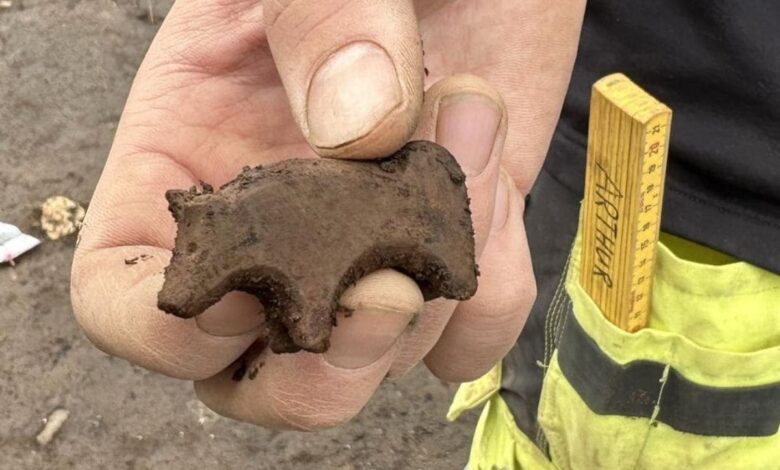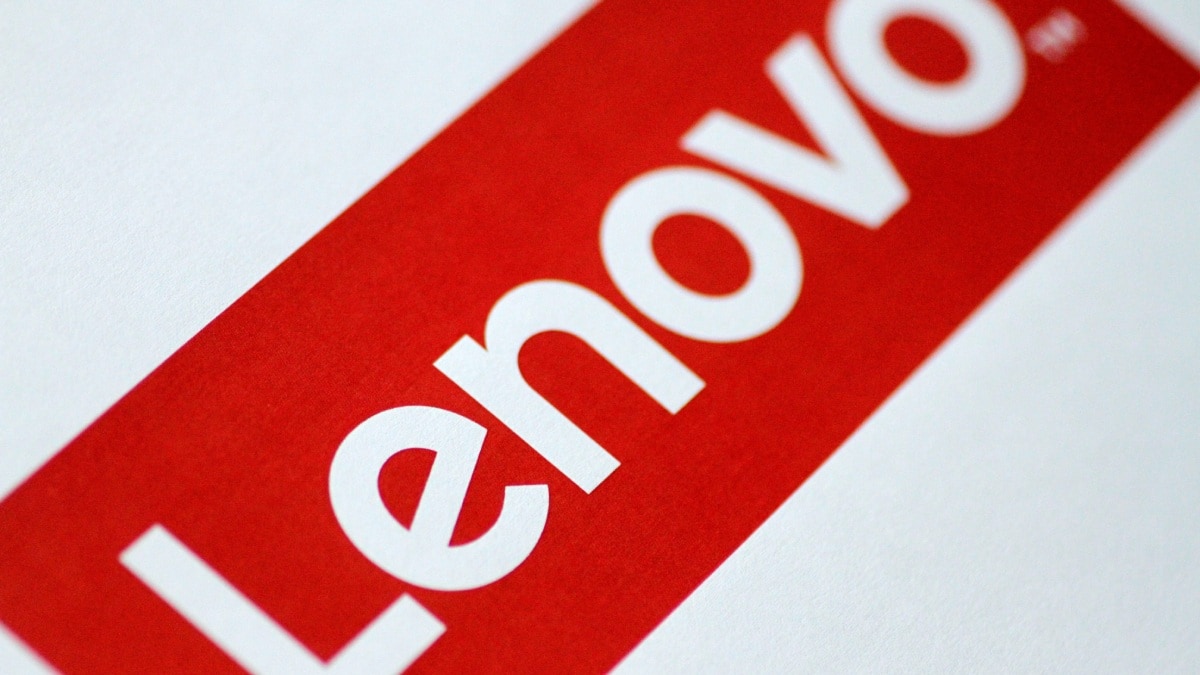No one can identify Viking-era stone figurine found in Iceland

A stone figurine from the Viking Age (800-1050 AD) was recently unearthed, but archaeologists have encountered a strange problem: no one can identify what animal it is. The figurine was unearthed at the Fjörður excavation site in Seyðisfjörður and dates to between 940 and 1000 AD. Carved from local stone, it depicts a four-legged animal with a broken off ear. While most experts are inclined to interpret it as a pig, others argue that it could represent a bear or even an Icelandic dog.
A complex mystery
The discovery has led to mixed opinions among historians and archaeologists. Ragnheiður Traustadóttir, director of the Antikva archaeological team, leans toward the pig theory, given the Vikings’ historical use of pigs for meat. However, the presence of polar bears in Icelandic history has led some experts to suggest the carving could be a bear.
Reactions on social media also suggest the statue could be an Icelandic hound, following a post on Facebook after of the statuette was placed. Although Traustadóttir is skeptical and claims that the facial features do not match her knowledge of the breed. A 3D rendering of the statuette was uploaded online at Sketchfab.
Discovering Iceland’s Past
Excavations at Fjörður began in 2020 with the aim of preparing for the construction of avalanche protection walls. What was supposed to be a two-year project has now been underway for five years due to the extensive and significant finds. The site has revealed a wealth of Icelandic history, including Viking gaming pieces and several medieval artefacts. The stratigraphy of the excavation has revealed evidence from several historical periods, providing a comprehensive picture of Iceland’s past.
Future analysis
As the excavation nears completion, researchers are preparing to analyze the thousands of artifacts unearthed. The enigmatic stone figurine, despite uncertainty about its identity, offers a rare glimpse into Viking life and their cultural artifacts.
The ongoing debate over its true nature highlights the complexity of interpreting ancient objects and continues to fuel interest in Viking-era Iceland. The final analysis may shed even more light on this small but significant finding.




